The choice between a ball valve and a butterfly valve will ultimately depend on your specific requirements, including the nature of the medium, pressure, and temperature conditions, required flow control precision, available space, and budget.
Difference between Butterfly Valves and Ball Valves
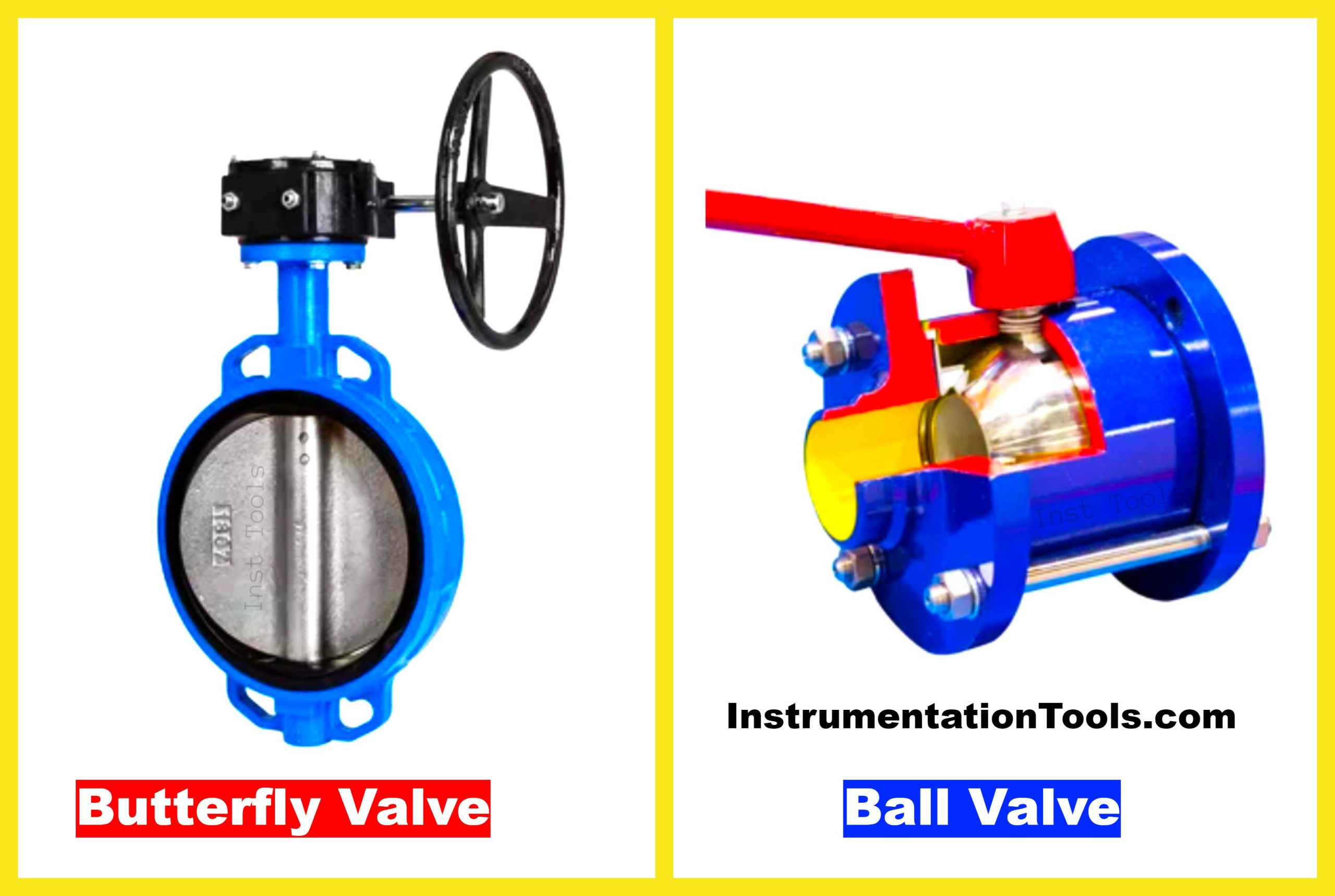
The below table shows the comparison of Butterfly Valves and Ball Valves.
| Details | Butterfly Valves | Ball Valves |
|---|---|---|
| Structure & Operation | Consist of a disk rotating around a central axis. | Consist of a ball with a hole through its center. |
| Size & Weight | Lighter and more compact, ideal for large pipe sizes. | Heavier and robust, ideal for high-pressure applications. |
| Flow Control | Moderate flow control, slight pressure drop when fully open. | Excellent flow control, no pressure drop when fully open. |
| Durability & Maintenance | Resistant to wear and tear, easy to maintain but rubber seat can be damaged over time. | Highly durable, less maintenance, but more complex to repair. |
| Cost | Generally less expensive. | Better sealing, is preferred for applications requiring zero leakage. |
| Applications | Water distribution, chemical services, cooling systems. | Gas handling, critical shutoff applications, handling viscous material. |
| Seal & Leakage | Higher torque is required, especially for larger sizes or high pressure. | Good sealing but is not as reliable as ball valves. |
| Temperature & Pressure Tolerance | Lower pressure and temperature ratings. | Can withstand higher pressures and temperatures. |
| Torque Requirements | Lower torque required, smaller actuation packages possible. | Harder to visually confirm the position as the ball is inside the valve body. |
| Visual Indication of Position | Clear visual indication due to the position of the disc. | Easier due to the simpler design. |
| Wear & Cavitation | More susceptible due to disc presence in the flow path. | Less prone as the flow path is unrestricted when fully open. |
| Installation Orientation | Can be installed in any orientation. | Specific orientation may be required based on design. |
| Frequency of Operation | Suited for frequent operation due to lower torque. | Less suitable for high-frequency operations due to higher torque. |
| Resistance to Fluids | Resistance depends on body and disc materials. | Generally more resistant to a wide range of fluids. |
| Speed of Operation | Quick to operate, suitable for emergency shutoffs. | Operation speed may be slower due to higher operating torque. |
| Disassembly & Repair | More complex due to its intricate structure. | Higher upfront costs, potentially more cost-effective over the lifecycle. |
| Lifecycle Costs | Cheaper upfront, higher maintenance costs over lifecycle. | Generate less noise and vibration due to a smooth flow path. |
| Noise & Vibration | Can produce more noise and vibration due to disc turbulence. | Better sealing is preferred for applications requiring zero leakage. |
| Advantages | Compact, economical, low torque, quick operation, easy to repair. | Heavier, more expensive, more complex to repair, and not suitable for high-frequency operations. |
| Disadvantages | Pressure drop, not suitable for zero leakage, not ideal for corrosive/abrasive fluids, more noise/vibration. | Excellent flow control, durability, high pressure, and temperature tolerance, resistant to various fluids, less prone to wear. |
| Primary Purposes | Used where tight shutoff isn’t critically important and space or cost is a limiting factor. | Used where tight sealing is required and for handling high pressures, temperatures, or corrosive fluids. |
Structure and Operation
Butterfly Valves consist of a disk rotating around a central axis, resembling a butterfly’s wings in flight. Turning the actuating mechanism 90 degrees can open or close the valve. This simple operation is beneficial for regulating the flow of liquid.
Ball Valves consist of a ball with a hole through its center that rotates to control flow. Like butterfly valves, they also typically require a 90-degree turn to open or close.
Size and Weight
Butterfly Valves are typically lighter and more compact than ball valves, making them a more convenient choice for larger pipe sizes or space-constrained installations.
Ball Valves are generally heavier and more robust, making them well-suited for high-pressure applications, but not as convenient for larger-diameter pipes due to weight and space considerations.
Flow Control
Butterfly Valves offer moderate flow control and are typically used in situations where precise control is not a primary concern. They can cause a slight pressure drop even when fully open due to the disc obstructing the flow path.
Ball Valves provide excellent shutoff capabilities and more precise control over flow than butterfly valves. When fully open, they create virtually no pressure drop.
Durability and Maintenance
Butterfly Valves have simple structures making them more resistant to wear and tear and easy to maintain. However, the rubber seat can be susceptible to damage over time.
Ball Valves are highly durable and require less maintenance than many other types of valves. However, they can be more challenging to repair due to the intricacy of their construction.
Cost
Butterfly valves are less expensive than ball valves, making them an economical choice for many applications.
Ball Valves are typically more expensive due to their complex structure and the materials used, but they tend to have a longer lifespan.
Applications
Butterfly Valves are commonly used in water distribution, chemical services, and cooling systems where tight shutoff is not critically important.
Ball Valves are widely used in gas handling applications, critical shutoff applications, and where tight sealing is required. They can also handle more viscous material better than butterfly valves.
Seal and Leakage
Butterfly Valves typically use an elastomeric liner around the valve body for sealing. While this provides a good seal, it’s not as reliable or long-lasting as the seals used in ball valves. Over time, wear and tear can lead to leakage.
Ball valves use a variety of sealing designs, often using robust materials such as PTFE (Teflon). They provide a better seal than butterfly valves, making them a preferred choice for applications requiring zero leakage.
Temperature and Pressure Tolerance
Butterfly Valves generally have lower pressure and temperature ratings than ball valves. The sealing material (often elastomeric) limits its use in high-temperature applications.
Ball Valves especially the ones made from metal, can withstand higher pressures and temperatures, making them suitable for more demanding applications.
Torque Requirements
Butterfly Valves usually require less torque to operate due to the lower friction between the disc and the seal. This could mean smaller, less expensive actuation packages in automated applications.
Ball Valves often require more torque to operate, particularly in larger sizes or higher-pressure applications. The sealing system often involves tighter contact between the ball and the seats, causing more resistance during operation.
Visual Indication of Position
Butterfly Valves offer a clear visual indication of whether they are open or closed due to the position of the disc.
Ball Valves often harder to visually confirm the valve’s position since the ball is hidden inside the valve body.
Wear and Cavitation
Butterfly Valves can be more susceptible to wear and cavitation because the disc is always present in the flow path, even when fully open.
Ball Valves: are generally less prone to wear and cavitation since, when fully open, the flow path is unrestricted and smooth.
Installation
Butterfly Valves can be installed in any orientation without affecting their operation.
Ball Valves are typically not sensitive to orientation, certain designs, especially those with a drain or vent, may have specific orientation requirements.
Frequency of Operation
Butterfly Valves are suited for frequent operation due to their simple design and the lower torque needed to operate them. They are efficient for systems requiring regular flow control adjustments.
Ball Valves may not be as suitable for high-frequency operations, especially larger sizes, due to the higher torque needed. However, they still perform effectively in applications that require less frequent opening or closing.
Resistance to Fluids
The body and disc materials determine the resistance of the butterfly valves to different fluids. They may not be suitable for corrosive or abrasive fluids due to potential damage to the valve’s body or disc.
Ball Valves are generally more resistant to a wider range of fluids, including corrosive or abrasive substances, due to their robust structure and sealing materials.
Speed of Operation
Butterfly Valves are quick to operate because they open and close with a 90-degree turn of the handle. This makes them suitable for emergency shutoffs.
Ball Valves: The operation speed is comparable to butterfly valves, but in some designs, it might be slower due to the higher operating torque.
Valve Disassembly and Repair
Butterfly Valves are relatively easier to disassemble and repair because of their simpler design. However, replacing the disc or liner may require special tools or expertise.
Ball Valves: They tend to be more complex to disassemble and repair, often requiring specialized knowledge or training. The advantage is that individual components (like seals or seats) can be replaced without replacing the entire valve.
Lifecycle Costs
Butterfly Valves: While they are usually cheaper upfront, they may incur higher maintenance costs over their lifecycle, especially in applications that cause wear to the liner or disc.
Ball Valves: They may have higher upfront costs but could be more cost-effective over their lifecycle due to their durability and less frequent maintenance needs.
Noise and Vibration
Depending on the flow velocity and pressure, Butterfly valves can produce more noise and vibration than ball valves because the disc creates turbulence when the valve is partially open.
Ball Valves tend to generate less noise and vibration as the flow path is straight and smooth when the valve is fully open, reducing turbulence.
Advantages
Butterfly Valves:
- Compact and lightweight design, suitable for large-diameter pipes.
- Generally cheaper and more economical for many applications.
- Require less torque to operate, potentially leading to less expensive actuation packages.
- Quick operation speed, suitable for emergency shutoffs.
- Simpler design, making them relatively easier to disassemble and repair.
Ball Valves:
- Provide excellent shutoff capabilities and precise flow control.
- Durable and require less maintenance.
- Can withstand higher pressures and temperatures.
- More resistant to a wider range of fluids, including corrosive or abrasive substances.
- Less susceptible to wear and cavitation.
Disadvantages
Butterfly Valves:
- Can cause a slight pressure drop even when fully open due to disc obstruction.
- Not suitable for applications requiring zero leakage.
- Lower pressure and temperature ratings than ball valves.
- Not ideal for corrosive or abrasive fluids due to potential damage to the valve’s body or disc.
- Can produce more noise and vibration depending on the flow velocity and pressure.
Ball Valves:
- Heavier and bulkier, making them less convenient for larger-diameter pipes or space-constrained installations.
- More expensive due to their complex structure and the materials used.
- Often require more torque to operate, especially for larger sizes or higher-pressure applications.
- More complex to disassemble and repair.
- May not be suitable for high-frequency operations.
Primary Purposes
Butterfly Valves are widely used in water distribution, chemical services, cooling systems, and other applications where tight shutoff is not critically important and space or cost is a limiting factor.
Ball Valves are primarily used in gas handling applications, critical shutoff applications, and where tight sealing is required. They’re also suitable for more demanding applications involving high pressures, temperatures, or corrosive fluids.
Conclusion
Both butterfly and ball valves offer their unique advantages and potential drawbacks. Remember, it’s essential to understand your specific application’s needs, constraints, and regulatory requirements when selecting the right type of valve.
If you liked this article, then please subscribe to our YouTube Channel for Instrumentation, Electrical, PLC, and SCADA video tutorials.
You can also follow us on Facebook and Twitter to receive daily updates.
Read Next:
- Quick Exhaust Valves
- On-Off Valve Problems
- Control Valve Design Factors
- Solenoid and Motorized Valves
- Control Valve Maintenance
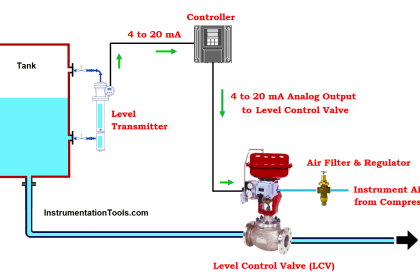
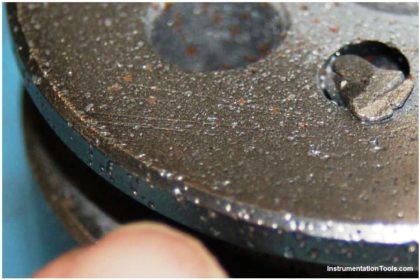
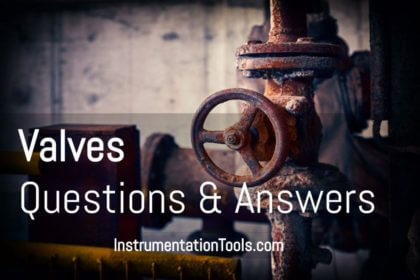
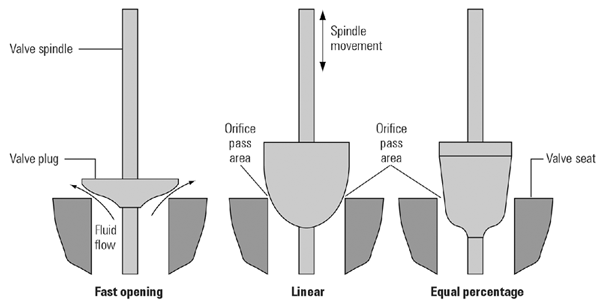
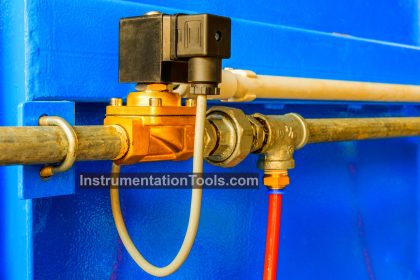
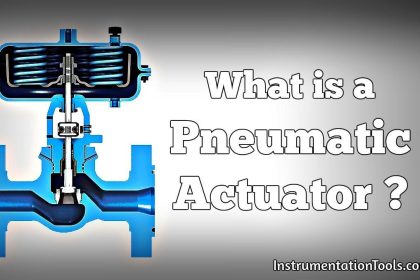
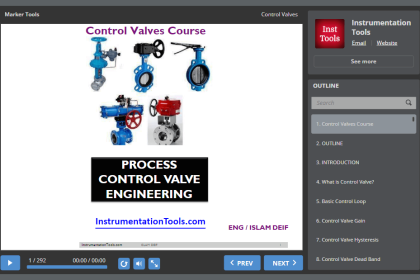
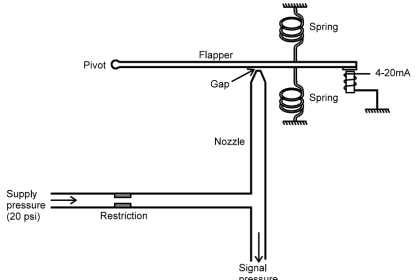
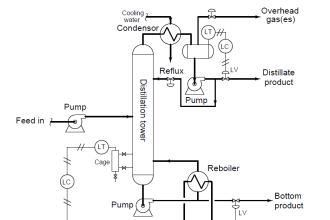
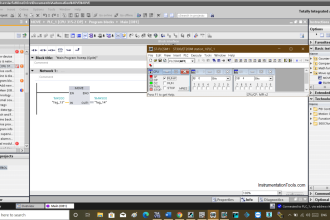

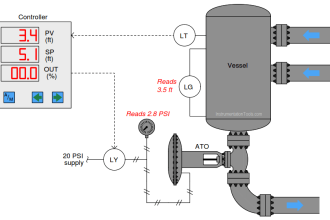
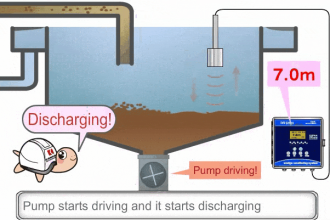
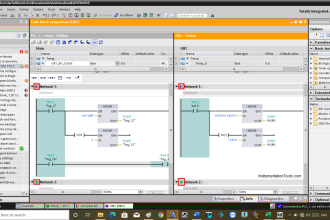
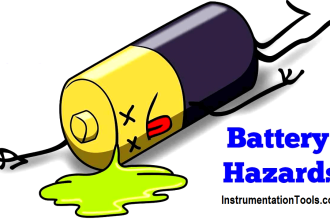
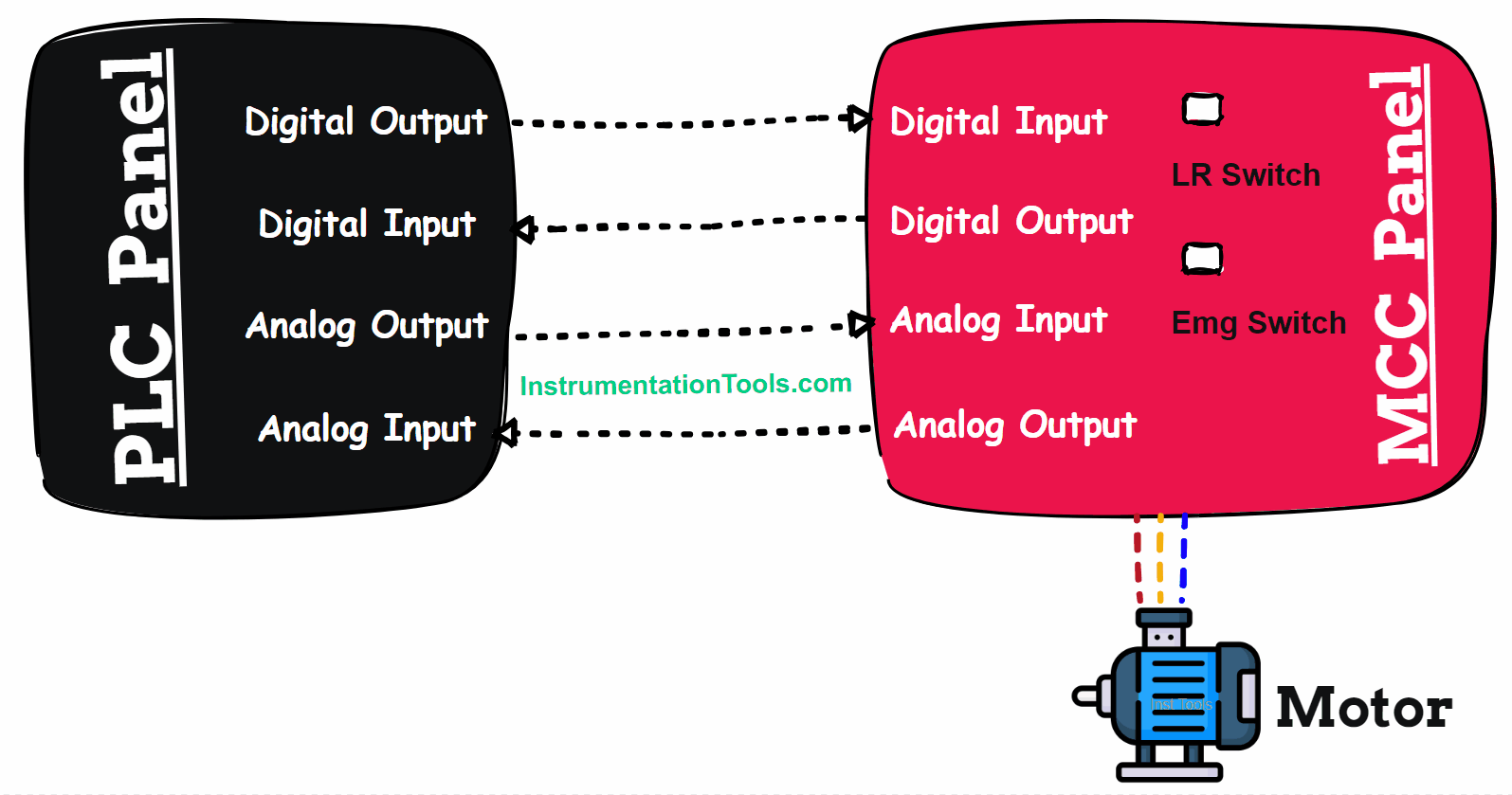

Ok